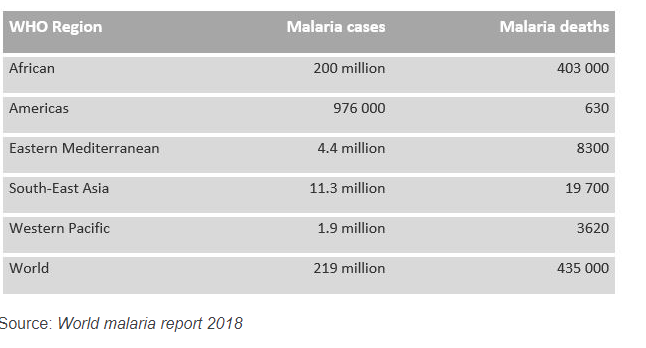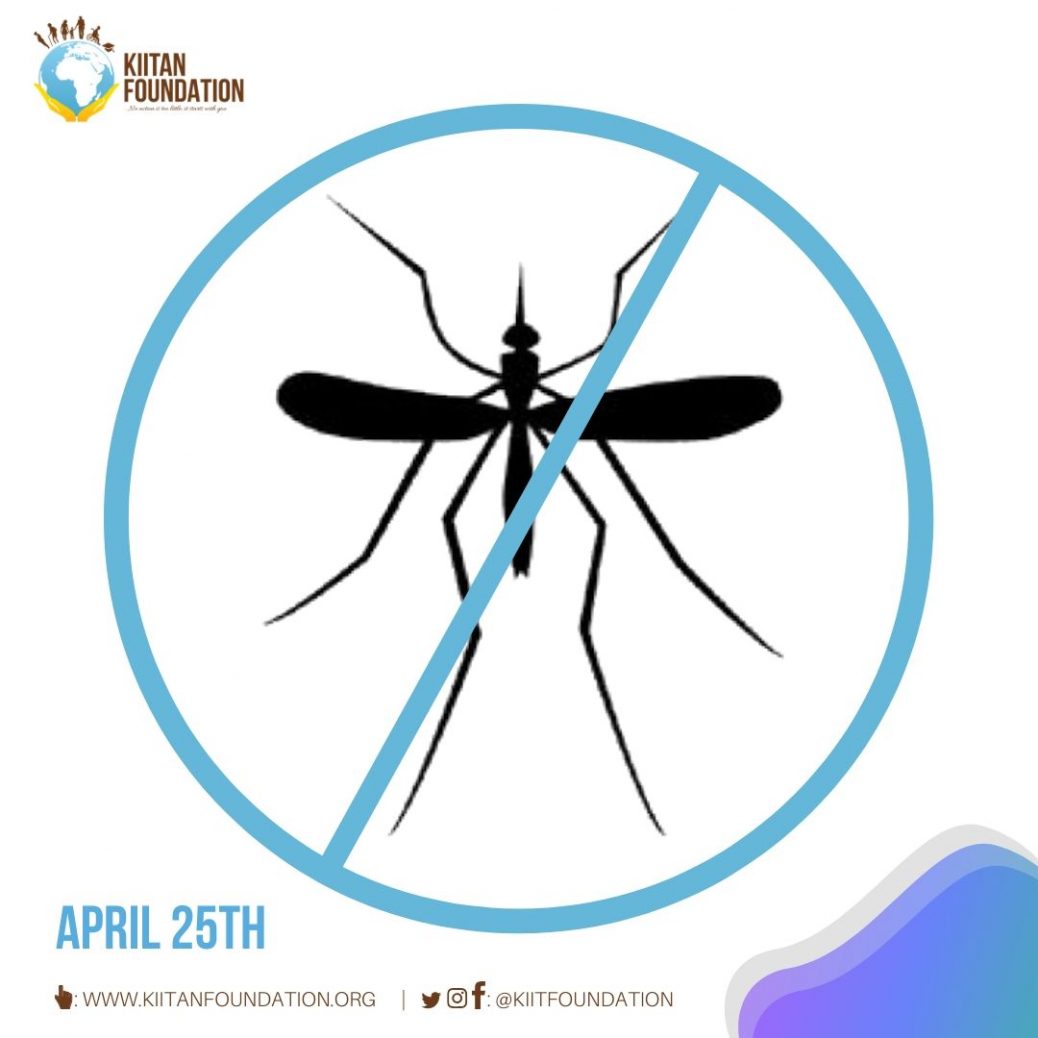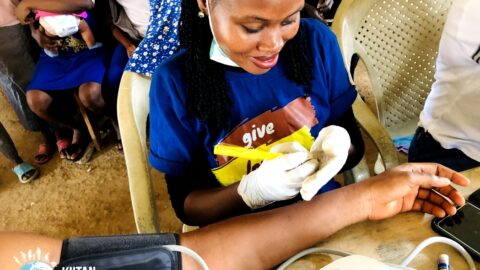Malaria has plagued mankind throughout history. The malarial DNA was first discovered in Egyptian mummy tissues from 4,000 years ago and in amber from as far back as 100 million years ago.
The ancient writings from Sumeria, China and India are all thought to reference the mosquito-borne disease. And the ancient Greek ‘father of medicine’ Hippocrates is credited with providing one of the first descriptions of the disease around 350-450 BC.
Malaria statistics by WHO:

After over a decade of steady advances in fighting malaria, many countries have adopted different preventive methods to fight against the disease by making medical solutions readily available and affordable. Here are some facts about the parasite that has plagued many countries of the world for thousands of years:
- Malaria is a serious, sometimes fatal disease that is spread by mosquitoes who have been infected by a parasite. The disease is spread when mosquitoes feed on humans.
- Malaria breeds mostly in warmer climates, where there is an abundance of humidity and rain.
- Common side effects of malaria are high fever, chills, headache, and other flu-like symptoms. Severe illness and death can normally be avoided if the disease is properly treated.
- An infected person may start feeling symptoms anywhere from a week to a month after they are bitten. With some rarer forms of Malaria, the parasite remains dormant and an infected person will not become ill for up to 4 years
- There are around more than 30 different malaria-carrying species of Anopheles mosquito, the main transmitter of the disease. Transmission is greatest in areas where the mosquitoes live longest and prefer to bite humans rather than other animals. The long lifespan of the African vector species and its preference for human blood is the main reason why approximately 90% of the world’s malaria cases are in Africa.
- Malaria is curable and preventable. A hundred years ago it was found worldwide: it was eliminated in most of Western Europe in the 1930s and in the US in 1951. More recently, Sri Lanka, Morocco and the United Arab Emirates are among countries that have eliminated it. Despite this, every year more than 200 million new cases of malaria are reported.
- Malaria is a very common disease but not a contagious one. It cannot be contracted through contact with an infected person, sexually or otherwise.
- A handful of countries shoulder the biggest impact of the disease: approximately 70% of the world’s malaria burden is concentrated in 11 countries. Ten of these are on the African continent, plus India. In 2017, Africa was home to 92% of malaria cases and 93% of malaria deaths.
- Despite deaths caused by the disease halving since 2000, they have plateaued in recent years. And the incidence of malaria is on the rise. Overall funding for disease control has levelled off, and in combination with this, the malaria parasite has begun to develop resistance to the drugs currently on the market. In some mosquito species, insecticide resistance is also becoming a challenge.
- Nearly half the world’s population is at risk of malaria: in 2017 there were 87 countries and areas with ongoing malaria transmission. Young children are the most vulnerable group affected by malaria – they accounted for 61% (266,000) of all malaria deaths worldwide in 2017.
- There are significant gaps in the core measures used to reduce further transmission of the disease. Half of the at-risk population in Africa sleep under insecticide-treated nets, despite dawn to dusk being the most active time for insects carrying malaria. Just over one-fifth of eligible pregnant women in Africa received the recommended three or more doses of preventative therapy in 2017. And less than half of children with a fever in Africa were taken to a trained medical provider.
- There are signs of hope. Several countries with a low malaria burden are making rapid steps towards elimination. In 2018, Paraguay and Uzbekistan were certified malaria-free. China and El Salvador reported no indigenous cases of malaria in 2017. Elsewhere, some countries with higher malaria burdens are also making significant progress. India, which represents 4% of the global malaria burden, saw a 24% reduction in cases year-on-year in 2017, while Ethiopia, Pakistan and Rwanda have also made major strides in combating the number of cases.









